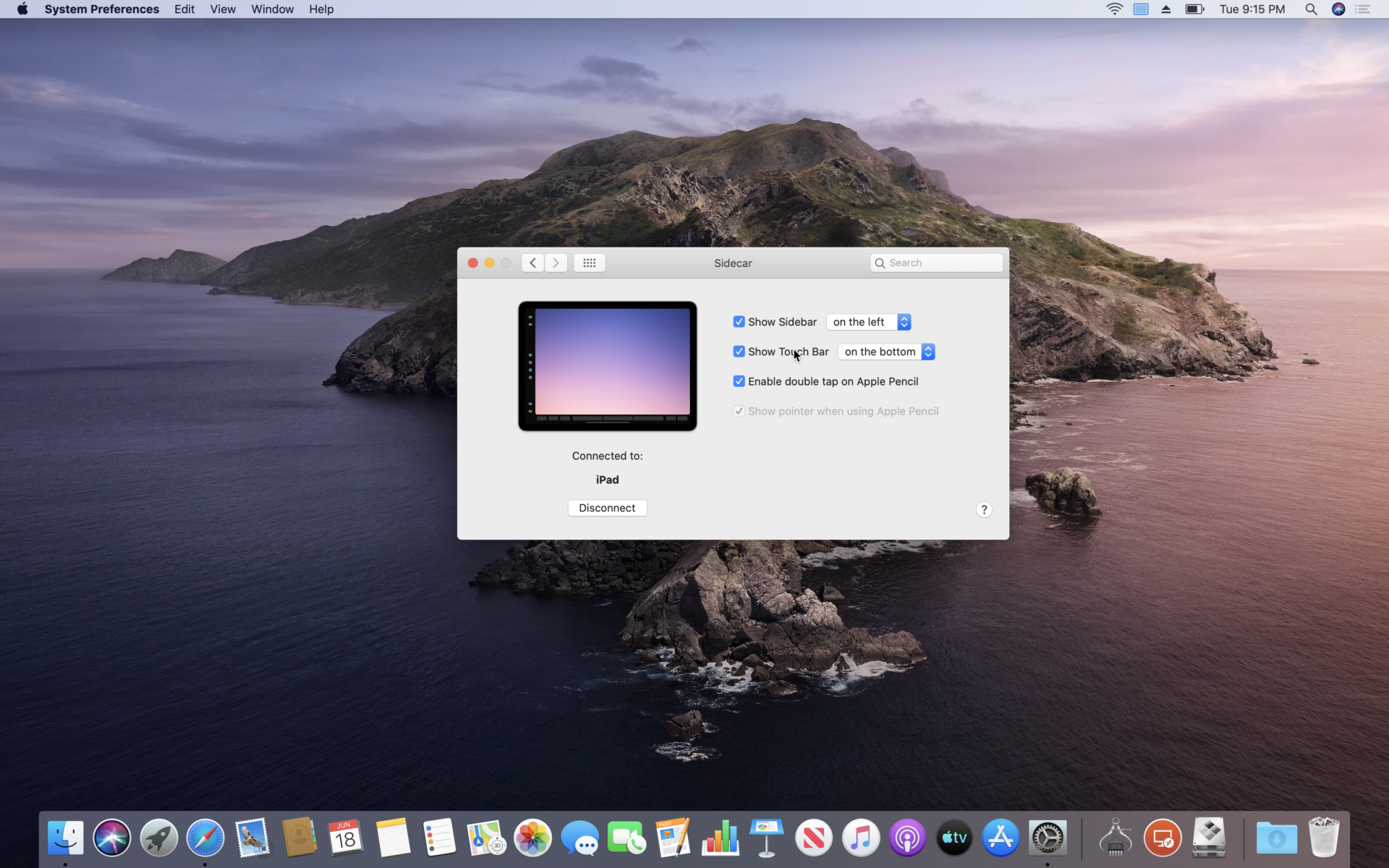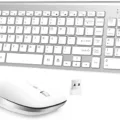Reformatting your Mac with macOS Catalina can be a great way to give your machine a fresh start and get rid of any unwanted clutter. It’s not as difficult as it may seem, and by following our simple step-by-step guide, you’ll be able to quickly and easily reformat your Mac.
First off, you’ll need to back up any data that you want to keep onto an external hard drive or other storage devices. This is important, as reformatting will erase all of the data on your Mac. Once this is done, restart your Mac and then press and hold the “Command + R” keys on your keyboard. Keep these keys held until you see the Apple logo appear on the screen, at which point you can release them.
Once this is done, select “Disk Utility” from the Utilities menu. Select the hard drive that you want to reformat in the side panel, then click the “Erase” button at the top of the window. A new window will appear; enter a name for the disk in the Volume Name box and then select “Mac OS Extended (Journaled)” from the Format drop-down menu before clicking “Erase” once more.
Finally, go back to the main macOS Utilities window and select “Reinstall macOS” from there. Follow all of Apple’s instructions until macOS Catalina is installed onto your Mac – this may take some time so make sure you have access to power for several hours!
And there you have it – by following our simple steps, you should now have successfully reformatted your Mac with macOS Catalina! If you have any questions or concerns along this process then don’t hesitate to reach out for help – we’re here to make sure that everything goes smoothly for you!

Deleting Everything on a Mac Catalina
To delete everything on a Mac running macOS Catalina, first, open the Apple menu. in the corner of your screen and select System Preferences. Once in System Preferences, click the General tab on the left, then click Transfer or Reset on the right. From here, you can choose to erase all content and settings from your Mac. This will reset your Mac to its factory settings, removing all of your personal data and files. Be sure to back up any important files before beginning this process.
Resetting macOS Catalina Before Selling a Mac
To reset your Mac running Catalina before selling it, you’ll need to perform a full reset. First, shut down your Mac and turn it back on. Then press and hold the Command, Option, P, and R keys together for about 20 seconds until you hear the startup sound twice.
This will reset the NVRAM (non-volatile RAM) on your Mac and restore all of the factory settings. Once this is done, you can proceed with erasing the data from your Mac. To do this, go to the Apple menu in the top left corner of your screen, select ‘Restart’, and then hold down Command + R to enter Recovery Mode.
In Recovery Mode, select Disk Utility from the Utilities window and click on ‘Erase’ at the top of the window. Choose a format such as APFS or Mac OS Extended (Journaled) and then click ‘Erase’. After this process is complete, restart your computer to complete the full reset of Catalina before selling your Mac.
Completely Wiping a Mac Hard Drive
Wiping your Mac hard drive completely is a straightforward process that can be easily done in a few steps. First, restart your Mac and hold down the Command + R keys while it is restarting. When the macOS Utilities window appears, click on Disk Utility. In the Disk Utility window, click on View > Show All Devices. Select your Mac’s drive and then click the Erase button. Fill in the required information such as the name, format, and scheme for erasing your disk, and then click Erase to begin wiping your hard drive clean. Once you have successfully wiped your Mac’s hard drive clean, you can now create a new partition or install a new operating system onto it.
Completely Wiping a MacBook
To completely wipe your MacBook, you’ll need to perform a factory reset. This will erase all of your data and settings, allowing you to start fresh with a clean slate.
To do this, open System Preferences by clicking the Apple logo on the top left corner of your screen and selecting System Preferences from the dropdown menu. Then, click on the Erase Assistant and follow the prompts. When prompted, select ‘Erase Mac’ to completely wipe your MacBook. Depending on the size of your drive, this process may take some time to complete.
Once the erasing process is complete, you can then set up your MacBook as if it were new. Be sure to back up any important files before wiping your computer, as they will be erased in this process.
Restoring a Mac from Catalina to Big Sur
To restore your Mac from Catalina to Big Sur, you will need to use the Time Machine backup feature. First, restart your Mac and hold down the Command+R keys while it reboots. Next, in the macOS Utilities window, choose Restore From Time Machine Backup, and click Continue. You will then be prompted to select a backup source. Choose the most recent Time Machine backup that is prior to when you upgraded to Catalina and click continue. Follow the on-screen instructions to complete the process and restore your Mac from Catalina back to Big Sur.
Unable to Access ‘Erase All Content and Settings’ on Mac
The option to “Erase all Content and Settings” is not available on MacBook Pro (Early 2015) models due to the Intel processor used in these machines. In order to erase your Mac and reinstall macOS on this model, you must first use Disk Utility to erase the hard drive. This can be done by formatting the drive with the Mac OS Extended (Journaled) format, which will erase all of your data while preserving any compatible software that is currently installed on your machine. After erasing the drive, you can then reinstall macOS using a USB installer or by downloading it from the App Store.
Conclusion
Reformatting your Mac Catalina is a great way to restore security settings and clear any user settings from the memory. It is a simple process that only requires you to turn on your Mac, press and hold four keys together, and then release them after 20 seconds. Doing so will help ensure that your Mac runs optimally and securely, so it’s definitely worth taking the time to reformat your Mac Catalina.








